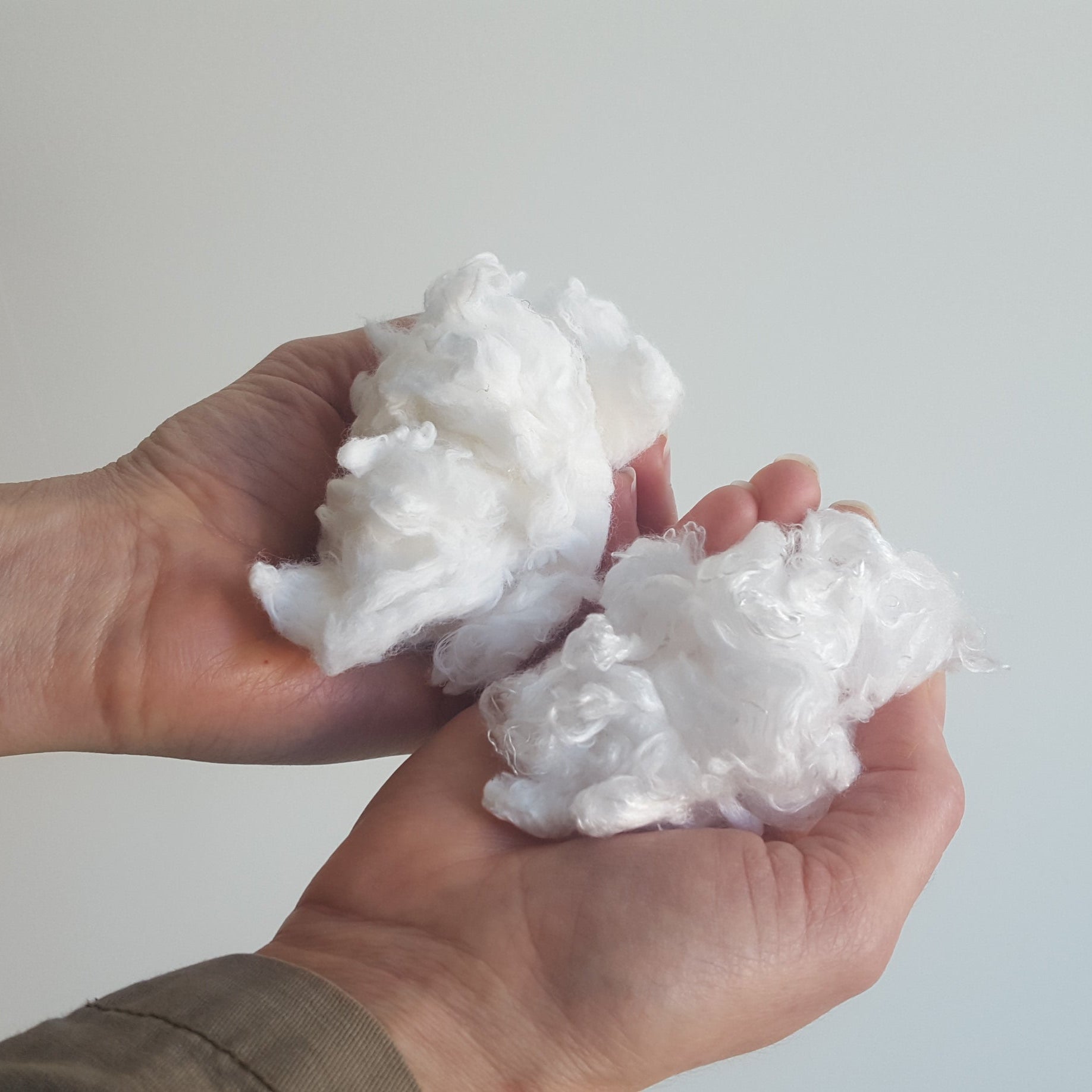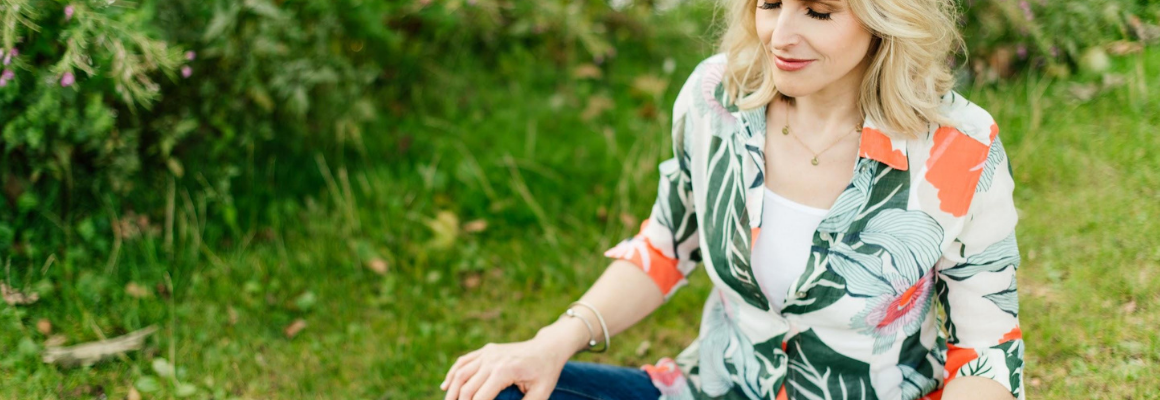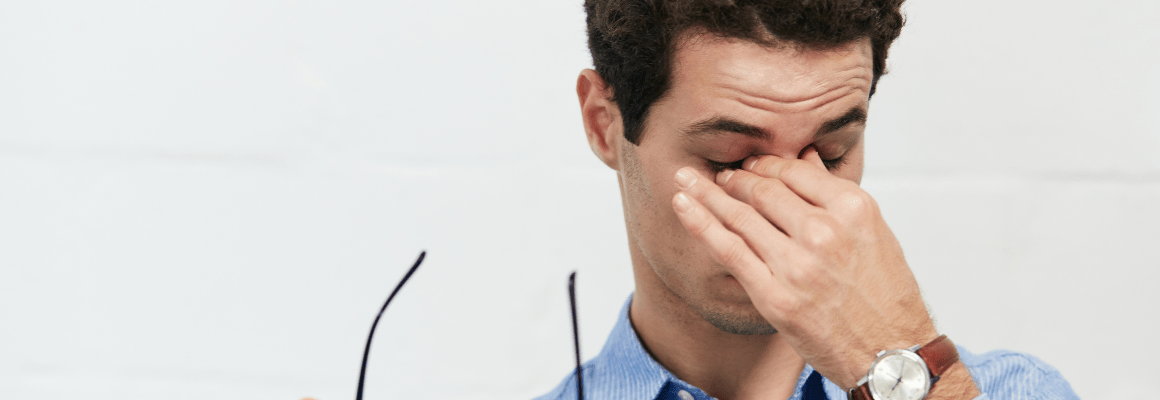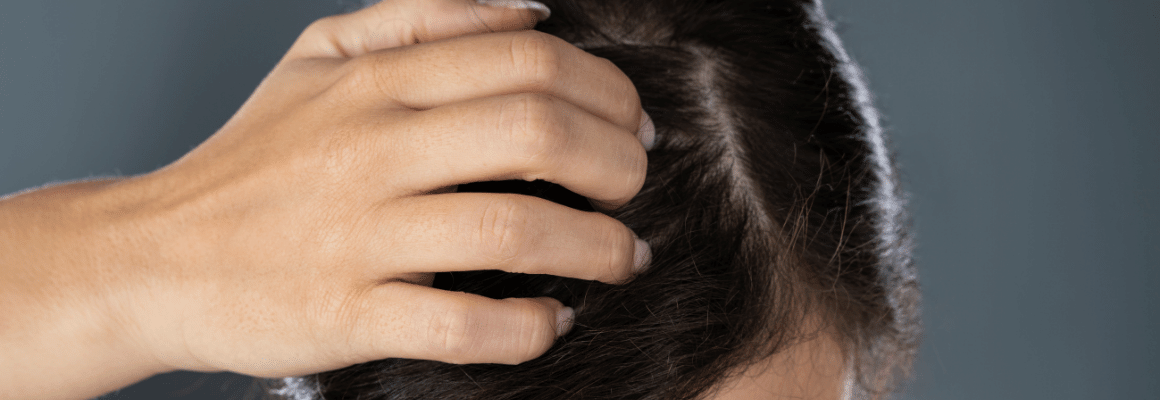Johanna Lehmann (see bio below)
I am a mom of 2, an entrepreneur, writer and founder of Tiger & Turtle where I take others on breathwork journeys to relieve anxiety and stress. I’ve also suffered with eczema my whole life!
I started my career in the corporate world in San Francisco and Europe, and later moved to Singapore. Over the years, my eczema symptoms got worse and reached its peak after the birth of my second child and I wasn’t able to find any way to heal the disease. Taking antihistamines (which made me extremely tired) or cortisol (which makes the skin very thin) encouraged me to continue my journey to alternative healing. After trying everything from TCM to oat baths, I finally found my personal strategy in the field of breathwork combined with optimizing my diet (skipping foods with histamines) and cold therapy!
Why Tiger & Turtle and breathwork?
The ideal state for your nervous system to be in is a state of flow. A state of flow can be described as an active mind with a calm body. The animal best representing the state of flow is the tiger with its sharp and focused mind and the turtle with its calm body. The turtle is also the slowest breathing animal in the world which contributes to the turtle’s longevity. The calmer your breathing, the less stressed your body and mind will be and the less you suffer from diseases related to states of chronic inflammation such as eczema. At Tiger & Turtle we use the tool of breath to steer our state.
What is breathwork?
Breathwork is the term used to refer to any type of breathing exercises or techniques. Breathwork is performed to improve mental health, physical health, and spiritual well-being by intentionally changing your breathing pattern.
Think of breathwork as a remote control that can instantly change the state of your nervous system. In this example, the state of your nervous system relates to your state of being. In other words, breathwork can instantly change the state of your being giving you a direct response on how your body feels.
What are the benefits of breathwork?
There are several benefits of breathwork which makes these breathing exercises an important technique you should master. Breathwork can:
- help with finding calmness and peace in phases of high stress
- boost your immunity
- help you process emotions, heal emotional pain and trauma
- develop or increase self-awareness
- improve relationships
- increase confidence, self-image, and self-esteem
- increase joy and happiness
- overcome addictions
- reduce stress and anxiety levels
- release negative thoughts
The science behind breathwork
Sir Peter Ratcliffe, Gregg Semenza and William Kaelin have shared 2019’s Nobel prize in physiology or medicine for discovering how the body responds to changes in oxygen levels.
In their research, these three scientists worked out how cells sense falling oxygen levels and respond by making new blood cells and vessels, which gave researchers new routes to treatments for anaemia, cancer, heart disease and other conditions, like eczema.
Together they have found that when oxygen levels are low, a protein complex called the hypoxia-inducible factor, or HIF, builds up in almost all the cells in the body. This rise has a number of effects on the body, but mostly ramps up the activity of the gene used to produce erythropoietin (EPO). EPO is a hormone that boosts the creation of oxygen-carrying red blood cells.
Another valuable theory, Stephen Porges’ polyvagal theory, helps us paint a useful picture of the nervous system. While the nervous system was pictured as a two-part antagonistic system, the Polyvagal theory identifies a third type of nervous system response called the social engagement system. The social engagement system is a playful mixture of activation and calming that operates out of unique nerve influence.

Source: Polyvagal theory in practice
The ventral branch of the vagal nerve affects body functioning above the diaphragm, which serves the social engagement system.
Based on this, Porges also notes that extending exhales longer than inhales for a period activates the parasympathetic nervous system, often called the rest and digest system. When the parasympathetic nervous system is activated, it slows down the heart rate, which slows down breathing and in turn, helps us relax.
When this system is not activated, especially in a state of fight or flight, our breathing and heart rate increases.
Breathwork can help activate the parasympathetic nervous system, and deactivate the sympathetic nervous system which regulates our fight or flight response, with stimulation of the vagus nerve.
How can breathwork help with the treatment of eczema?
People with chronic inflamed skin are often constantly in a state of fight or flight. How can we expect the body to be calm if the mind is “inflamed” by constant worries, fears or anger?
This is where breathwork comes into play. Breathwork is a wonderful way to down regulate from e.g. a fight or flight state back into a flow, calm state. The breathwork allows you to instantly move from a sympathetic nervous system to a parasympathetic state which also is related to feelings of feeling calm, safe, and settled.
How to use breathwork to treat symptoms of eczema
Try these breathwork techniques the next time you feel a flare coming up or when you are feeling stressed out. They will all help you to get back into a Rest & Digest mode which allows you to calm down and better manage your flare up. It will also allow you to think about your next step and e.g. apply ice onto the flare up or take a cold shower to reduce the itch.
The 4-7-8 Breathing Exercise (Dr Weil)
“Practicing a regular, mindful breathing exercise can be calming and energizing and can even help with stress-related health problems ranging from panic attacks to digestive disorders.” Andrew Weil, M.D.
To do this breathwork exercise, breathe in for 4 counts, hold for 7 counts, and breathe out for 8 counts. Repeat this for 4 rounds.
Downregulation Protocol (Ben Pelton)
-
Breathe in for 4 counts and breathe out for 4 counts. Repeat this exercise 3 times.
-
Now, breathe in for 4 counts, and breathe out for 8 counts. Repeat this exercise 3 times.
-
Then, breathe in again for 4 counts, and breathe out for 12 counts. Repeat this exercise 3 times.
-
Lastly, breathe in for 4 counts, and breathe out for 16 counts. Repeat this exercise 3 times.
-
Breathe in for 4 counts and breathe out for 20 counts. Repeat this 3 times.

Breathwork for children
To make it easier for my daughter to calm down and fall asleep at night we like to use a technique I call “Sleepy Breath” which activates the parasympathetic nervous system and this way helps kids and teenagers to relax.
To get started, get comfortable and start breathing slowly.
Notice how your belly and chest rise with every inhalation and sinking down with exhalation.
Inhale to the count of 3.
Exhale to the count of 4.
Inhale to the count of 3.
Exhale to the count of 4.
Repeat up to 10 times.
If 3in/4out breath is too hard, you can also inhale to the count of 1 and exhale to the count of 2. It’s important to make the exhale longer than the inhale.
Lion breath (another great way for children to let go of tension)
Use this breathing exercise to release tension and get your blood flowing.
To get started, sit comfortably on a cross seat or on a chair with a nice long spine.
Take a deep breath in through your nose.
Open your eyes and mouth wide while sticking your tongue out and exhale through the open mouth.
Make a wild lion exhalation sound.
We know there is a connection between breathwork and eczema, so practicing these breathing exercises can help relieve tension, and help manage the symptoms of eczema in children.
Breathwork became a huge and daily ritual of staying eczema-free and I combined it with clean eating (few histamines), lots of high-quality sleep and time spent outdoors or doing yoga.
Try it at Home: Breathwork Videos
Please make sure that you do not suffer from any of the below conditions:
- chronic obstructive pulmonary disease (COPD-II and COPD-III)
- chronic diseases with symptoms of decompensation or terminal illness
- individual intolerance of oxygen insufficiency
- acute somatic and viral diseases
- not recommended in serious cardiac and hypertension cases
- cancer, unless IHT is prescribed by a doctor
- people with epilepsy, pacemakers or heart arrhythmias, unless treatment (including Intermittent Hypoxic Training) is under direct medical supervision
If you are pregnant, don't do the breath holds. For maximum benefit from each session, practice breathwork laying down, don’t practice while driving or in water. Please make sure you are in an undisturbed place, you have your yoga mat or somewhere cosy to lay or sit, a blanket (if needed) and good headphones available. It is also important to not have a heavy meal before the session.

Bio: Johanna Lehmann is the founder of Tiger & Turtle, a breath coach, yoga teacher and author. She has been teaching privately and group lessons in the USA, Singapore, Germany and the Netherlands since 2013. She learned breathing training from yoga guru and world record holder Wim Hof, internationally known as “Iceman”, SOMA founder Niraj Naik as well as Breath Master Kasper van der Meulen. As a book author, mother of 2 young children and a Reiki trainer, she has combined yoga and breathwork with her experience in storytelling and visualization so that you can benefit from breathing techniques on a deeper level. In her sessions, she combines various breathing techniques with visualization stories, hypnotic elements and binaural music. You can find out more about Johanna at www.jolehmann.com (website under construction). Johanna lives in Amsterdam with her 2 kids and husband.










